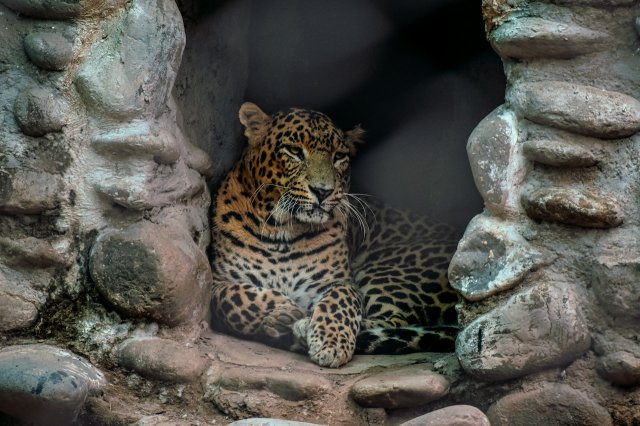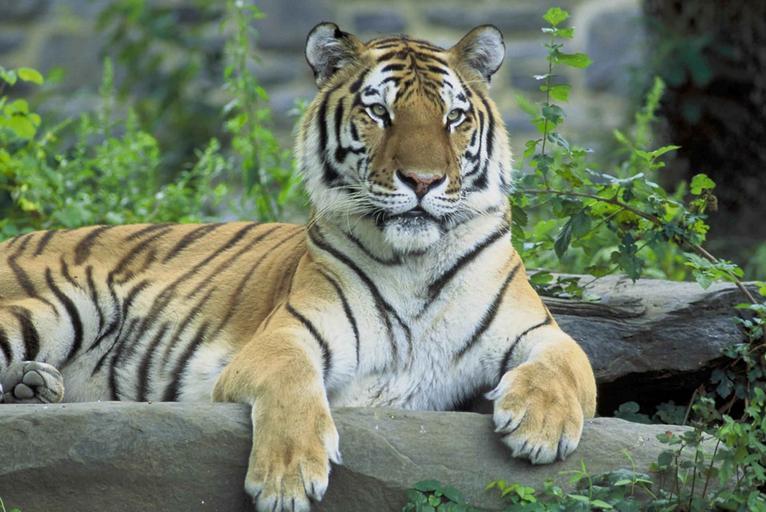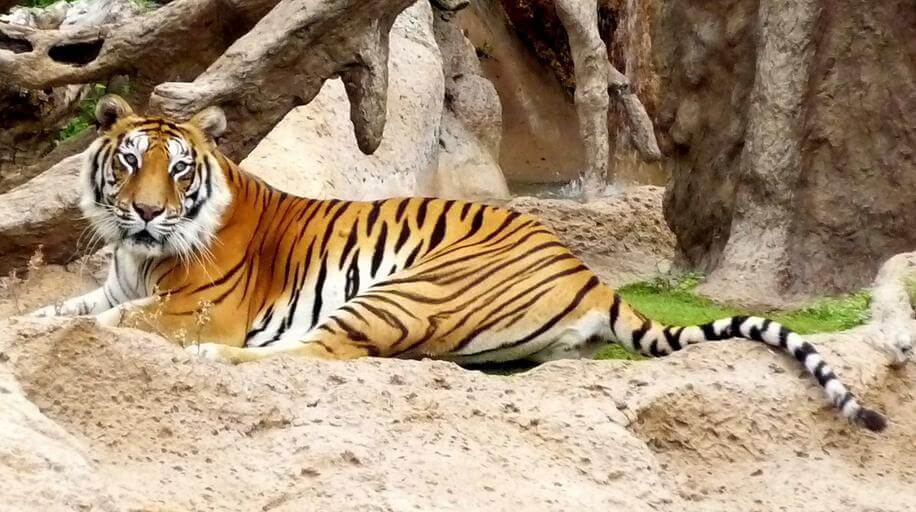Leopards In Captivity
Leopards In Captivity:
Leopards in captivity are a fascinating species to observe and study. They are one of the most iconic big cats, and their presence in captivity has been a source of fascination for centuries. Leopards in captivity are kept in zoos, wildlife parks, and private collections. They are also used in research and educational programs. Captive leopards can provide valuable insight into the behavior and ecology of wild leopards, and can help us better understand and protect this species in the wild.
The Pros and Cons of Keeping Leopards in Captivity
The debate over whether or not to keep leopards in captivity has been ongoing for many years. On one hand, there are those who argue that keeping leopards in captivity is beneficial for conservation efforts, while on the other hand, there are those who argue that it is cruel and inhumane. In order to make an informed decision, it is important to consider both the pros and cons of keeping leopards in captivity.
The primary benefit of keeping leopards in captivity is that it can help to conserve the species. Captive leopards can be used for breeding programs, which can help to increase the population of the species. Additionally, captive leopards can be used for research purposes, which can help to further our understanding of the species and how to better protect them in the wild.
However, there are also some drawbacks to keeping leopards in captivity. For one, leopards are naturally solitary animals, and keeping them in captivity can be stressful for them. Additionally, captive leopards may not be able to hunt or forage for food, which can lead to health problems. Finally, captive leopards may not be able to live in their natural habitat, which can lead to a decrease in their quality of life.
Ultimately, the decision of whether or not to keep leopards in captivity is a complex one. It is important to consider both the pros and cons of keeping leopards in captivity before making a decision. While keeping leopards in captivity can be beneficial for conservation efforts, it is also important to consider the potential drawbacks and ensure that the leopards are kept in a safe and humane environment.
The Challenges of Caring for Leopards in Captivity
Caring for leopards in captivity presents a unique set of challenges for zookeepers and animal care professionals. Leopards are large, powerful cats that require specialized care and attention. They are also solitary animals, meaning they do not typically live in groups and prefer to be alone. This can make it difficult to provide them with the socialization and enrichment they need to thrive in captivity.
Leopards are also highly active animals, and require a large enclosure with plenty of space to roam and explore. They need to be provided with a variety of enrichment activities to keep them mentally stimulated and physically active. This can include providing them with toys, climbing structures, and other objects to interact with.
Leopards are also sensitive to changes in their environment, and can become stressed or anxious if their enclosure is not kept clean and comfortable. Zookeepers must be vigilant in monitoring the temperature, humidity, and other environmental factors to ensure the leopards are comfortable and healthy.
Finally, leopards are apex predators and require a specialized diet to meet their nutritional needs. They must be provided with a variety of fresh, high-quality meats and other foods to ensure they are getting the nutrients they need.
Caring for leopards in captivity is a challenging but rewarding task. Zookeepers and animal care professionals must be knowledgeable and vigilant in providing the leopards with the best possible care. With the right care and attention, leopards can thrive in captivity and provide visitors with an unforgettable experience.
Conclusion
Leopards in captivity can be a difficult and complex issue. While it is important to recognize the potential benefits of keeping leopards in captivity, such as providing educational opportunities and aiding in conservation efforts, it is also important to consider the potential risks and drawbacks of keeping these animals in captivity. Leopards are wild animals and should be treated with respect and caution. Captive leopards should be provided with the best possible care and environment to ensure their health and well-being.
Read More About Jaguars From Wikipedia







